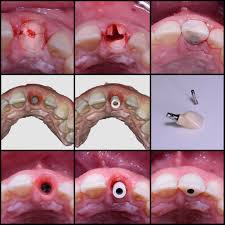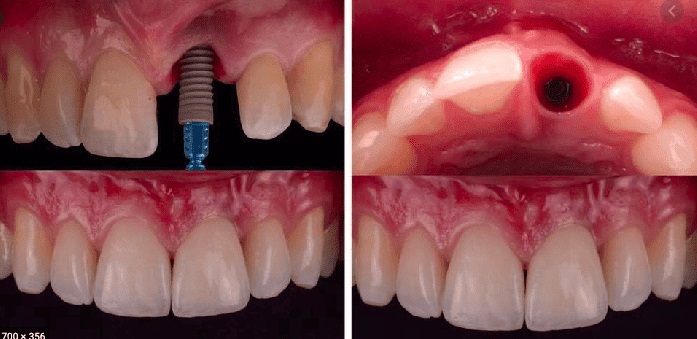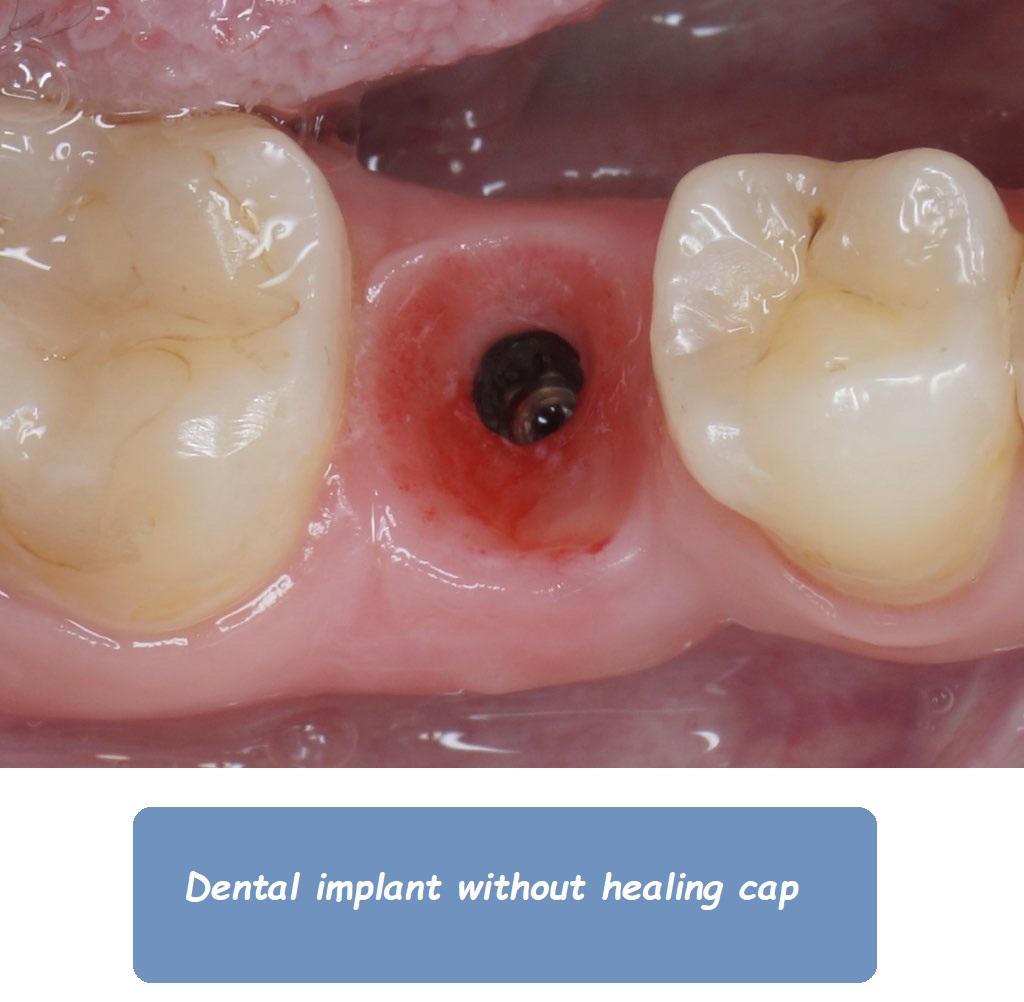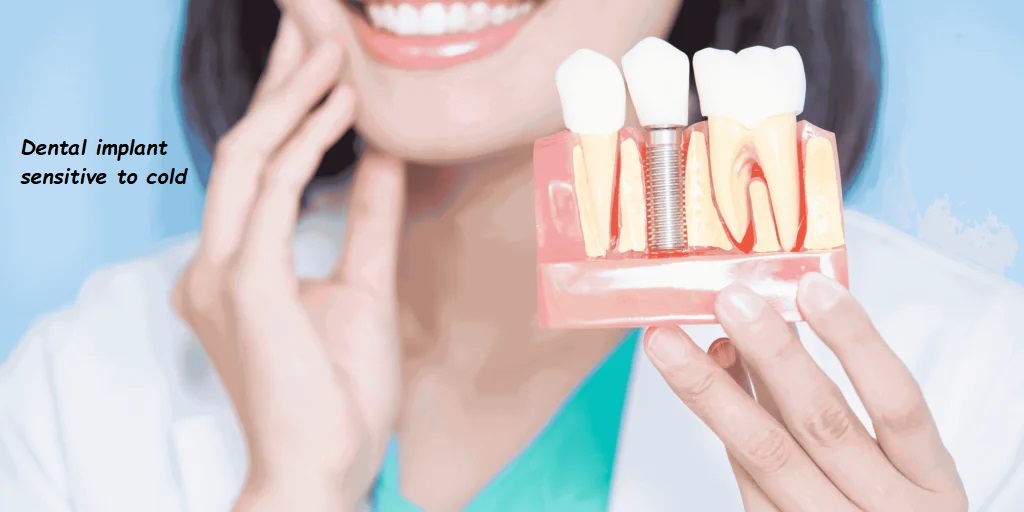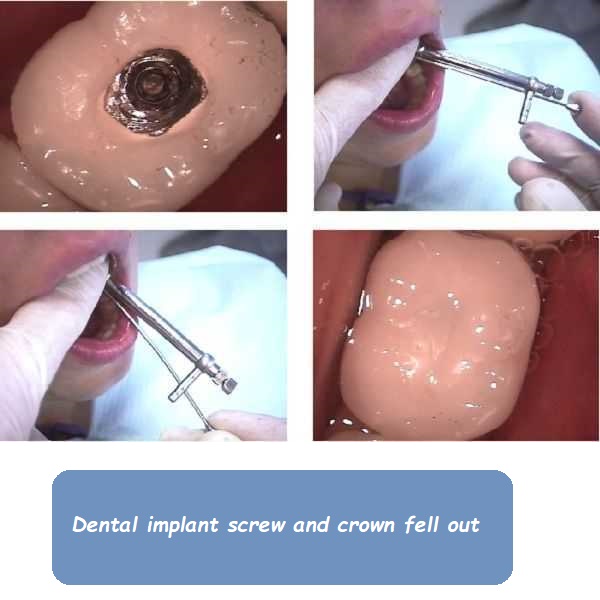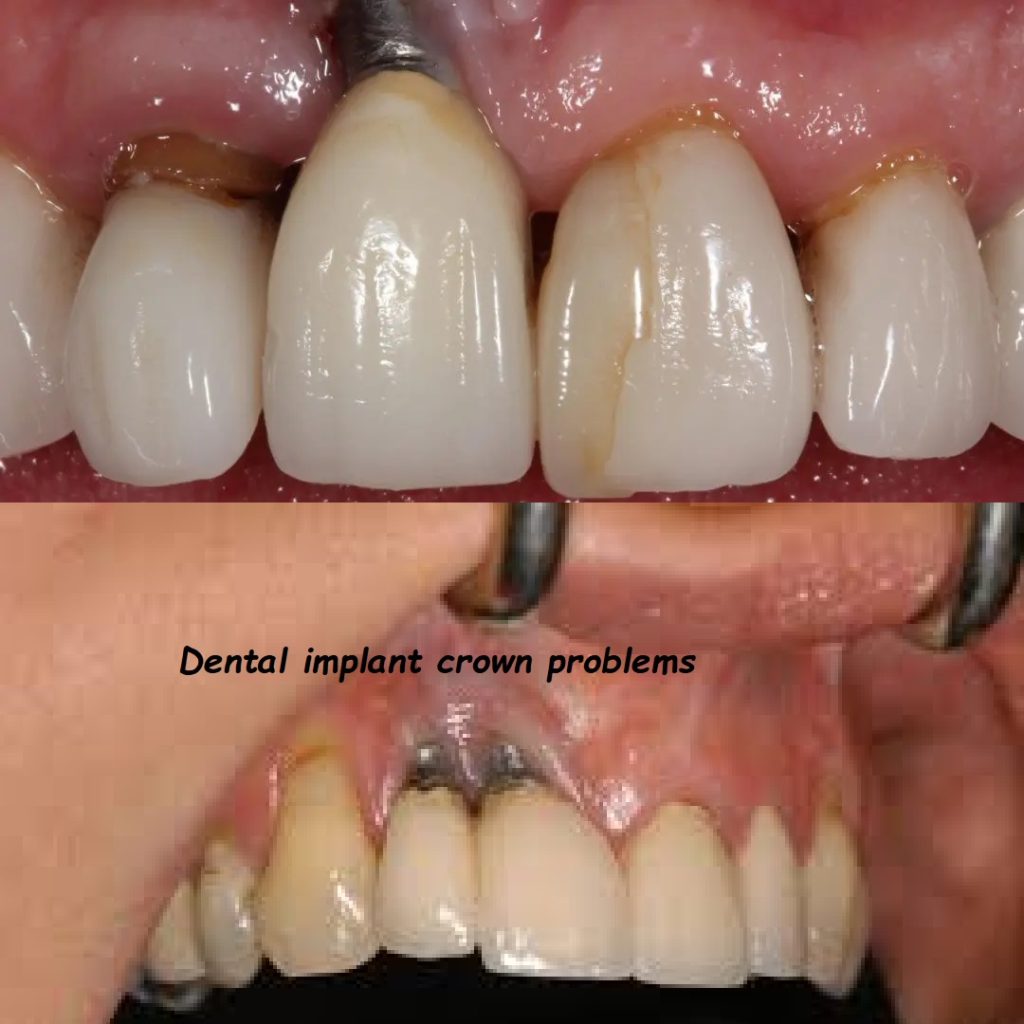Dental implants with receding gums
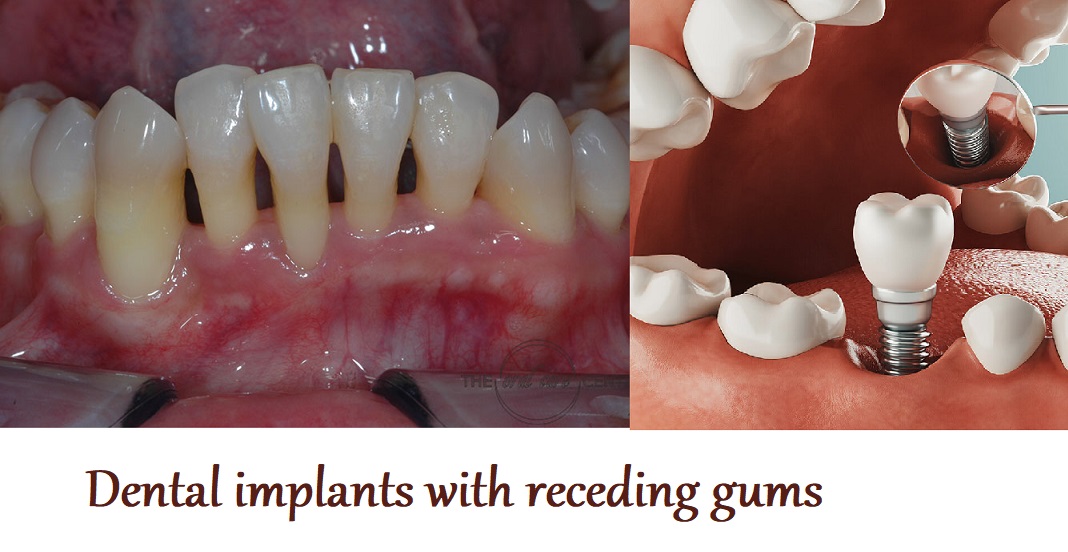
Are you dealing with receding gums and considering dental implants? It’s a common concern, and many people wonder if they can still get implants with this condition. Let’s explore everything you need to know about dental implants with receding gums, from the basics to the potential challenges and solutions.
Understanding Receding Gums
Receding gums, or gingival recession, occurs when the gum tissue surrounding the teeth wears away or pulls back, exposing more of the tooth or its root. This condition can lead to several dental issues, including increased sensitivity, a higher risk of tooth decay, and aesthetic concerns.
Common Causes of Receding Gums
- Periodontal Disease: Bacterial infections that destroy gum tissue and the supporting bone.
- Genetics: Some people are more prone to gum disease and recession due to their genetic makeup.
- Aggressive Brushing: Brushing your teeth too hard can cause the enamel on your teeth to wear away and your gums to recede.
- Poor Oral Hygiene: Inadequate brushing, flossing, and rinsing can lead to plaque buildup and gum disease.
- Hormonal Changes: Fluctuations in hormones, especially in women, can make gums more sensitive and prone to recession.
- Tobacco Use: Tobacco users are more likely to have sticky plaque on their teeth, which can cause gum recession.
What Are Dental Implants?
Dental implants are artificial tooth roots, typically made of titanium, that are surgically placed into the jawbone. They provide a strong foundation for fixed or removable replacement teeth that match your natural teeth. Implants offer a durable, long-lasting solution for missing teeth, and they look and function like real teeth.
Can You Get Dental Implants with Receding Gums?
Yes, you can get dental implants with receding gums, but there are special considerations and potential challenges to address. The key factors include the health of your gums and the amount of bone available to support the implant.
Key Considerations for Dental Implants with Receding Gums
1. Gum Health
Healthy gums are crucial for the success of dental implants. If you have active gum disease, it must be treated before proceeding with implants. A periodontist or a dental specialist may need to perform treatments to restore your gum health.
2. Bone Density
Adequate bone density is essential for the stability of dental implants. Receding gums often accompany bone loss, which can complicate implant placement. In such cases, bone grafting may be necessary to build up the bone and provide a solid foundation for the implants.
3. Implant Placement
The placement of dental implants needs to be precise, especially with receding gums. Your dentist or oral surgeon will use advanced imaging techniques to plan the procedure carefully, ensuring the implants are positioned correctly for optimal support and aesthetics.
The Dental Implant Procedure for Patients with Receding Gums
The dental implant process for patients with receding gums may involve additional steps to address gum and bone issues. Here’s a detailed look at the procedure:
1. Initial Consultation and Assessment
Your journey begins with a visit to your dentist or oral surgeon. During this initial consultation, the dentist will:
- Evaluate Your Oral Health: A thorough examination, including X-rays and possibly a CT scan, to assess the condition of your gums and jawbone.
- Discuss Your Medical History: Understanding your overall health and any underlying conditions is crucial.
- Develop a Treatment Plan: Based on your specific needs, the dentist will outline a personalized treatment plan.
2. Gum Disease Treatment (If Necessary)
If you have gum disease, it must be treated before proceeding with implants. This may involve deep cleaning (scaling and root planing), antibiotics, or other periodontal treatments.
3. Bone Grafting (If Required)
If there is insufficient bone density, a bone graft may be necessary. This procedure involves adding bone or a bone-like material to the jaw to create a solid foundation for the implant. The grafted bone will need time to heal and integrate with the existing bone, which can take several months.
4. Placement of the Dental Implant
Once the gums are healthy and the bone is ready, the dental implant is surgically placed into the jawbone. This is usually done under local anesthesia. The implant is then covered with gum tissue, and a healing period follows to allow the implant to fuse with the bone.
5. Abutment and Crown Placement
After the implant has integrated with the jawbone, a small connector called an abutment is attached to the implant. This requires a minor surgical procedure. Once the gums heal around the abutment, a custom-made crown is placed, completing the restoration.
Benefits of Dental Implants
Dental implants offer numerous benefits, making them a popular choice for tooth replacement:
- Natural Appearance: Implants look and feel like your natural teeth.
- Durability: With proper care, dental implants can last a lifetime.
- Improved Function: They restore full chewing and speaking capabilities.
- Preserved Jawbone: Implants stimulate the jawbone, preventing bone loss and maintaining facial structure.
Challenges and Solutions
1. Bone Loss
Bone loss is a common challenge for patients with receding gums. Bone grafting can effectively address this issue, providing a solid foundation for the implant.
2. Aesthetic Concerns
Receding gums can affect the appearance of dental implants. Techniques like soft tissue grafting can help improve gum aesthetics and ensure a natural-looking result.
3. Infection Risk
Patients with receding gums may have a higher risk of infection. Maintaining excellent oral hygiene and following your dentist’s care instructions can help prevent complications.
Aftercare and Maintenance
Proper aftercare is crucial to ensure the longevity and success of your dental implants:
- Maintain Oral Hygiene: Brush and floss your teeth regularly to keep your mouth healthy.
- Regular Dental Check-ups: Visit your dentist for routine check-ups and cleanings.
- Avoid Hard Foods: Refrain from chewing on hard objects like ice or hard candies to prevent damage.
- Quit Smoking: Smoking can interfere with the healing process and increase the risk of implant failure.
Potential Risks and Complications
While dental implants are generally safe, there are some potential risks and complications to be aware of, especially for patients with receding gums:
- Infection: Infection at the implant site can occur if proper hygiene is not maintained.
- Implant Failure: In rare cases, the implant may fail to integrate with the jawbone.
- Nerve Damage: If the implant is placed too close to a nerve, it can cause numbness or tingling.
- Gum Recession: Receding gums can continue to progress, potentially affecting the stability of the implant.
Success Rates of Dental Implants with Receding Gums
With proper treatment and care, dental implants can be highly successful even for patients with receding gums. Key factors contributing to success include good oral hygiene, regular dental visits, and proper aftercare.
FAQs About Dental Implants with Receding Gums
1. Can you get dental implants if you have receding gums?
Yes, but it’s important to treat any underlying gum disease and ensure adequate bone density for implant placement.
2. How long does the dental implant procedure take for patients with receding gums?
The entire process can take several months, depending on individual healing times and the need for additional procedures like bone grafting.
3. Is the dental implant procedure painful?
The procedure itself is performed under local anesthesia, so you shouldn’t feel pain during the surgery. Some discomfort and swelling may occur during the healing process.
4. How much does the dental implant procedure cost?
The cost can vary widely based on factors such as the number of implants needed and your location. On average, the procedure can range from $3,000 to $5,000 per tooth.
5. How do I care for my dental implants with receding gums?
Maintain good oral hygiene, avoid hard foods, quit smoking, and visit your dentist regularly for check-ups and cleanings.
Conclusion
Dental implants can be a viable and effective solution for patients with receding gums, provided that the proper precautions and treatments are taken. By addressing gum health and ensuring adequate bone density, you can enjoy the benefits of dental implants and achieve a healthy, beautiful smile.
Have you considered dental implants with receding gums? What questions or concerns do you have? Share your thoughts and experiences in the comments below!
References
- American Dental Association
- Mayo Clinic
- WebMD
- Colgate Oral Care Center



